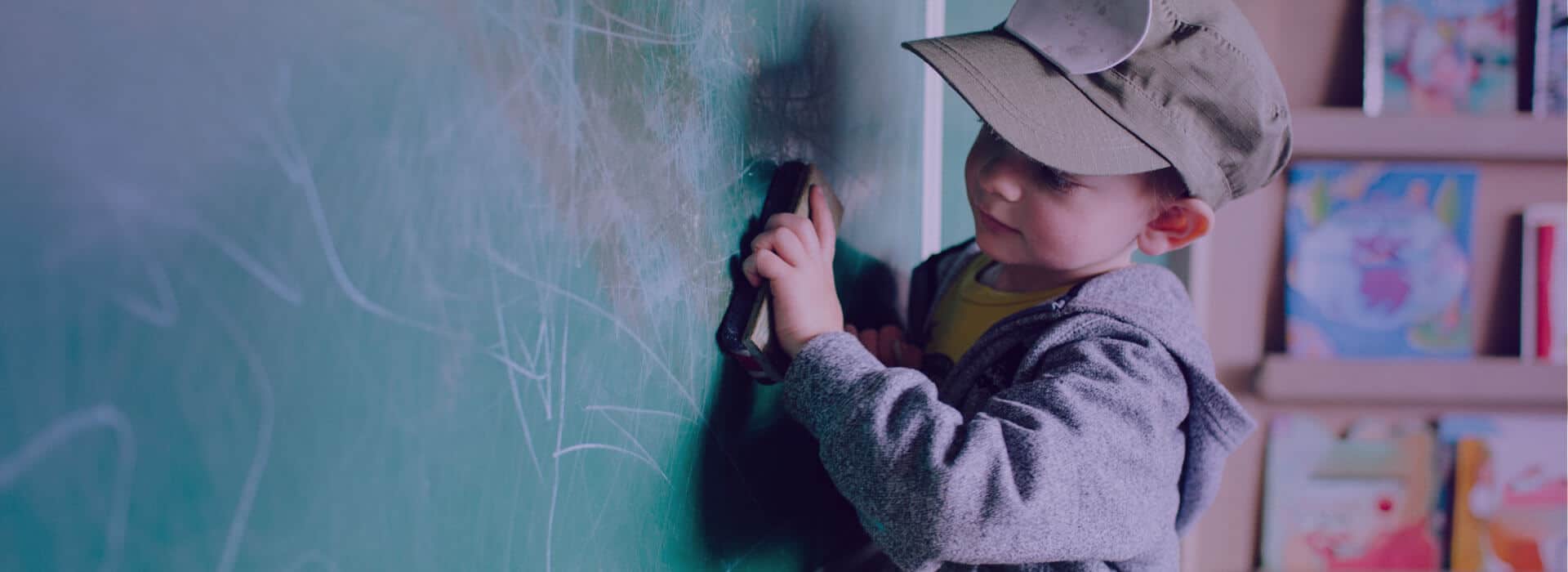24 Jul What actually is an Early Years Curriculum?
By Sarah Holley (Early Years Consultant)
Curriculum is the new buzz word in Early years isn’t it? What does the Early Years Curriculum contain?
Ever since the Early Years inspection handbook for Ofsted registered provision was updated in 2019 https://www.gov.uk/government/publications/early-years-inspection-handbook-eif/early-years-inspection-handbook-for-ofsted-registered-provision
Early years forums have been full of questions and comment about this. A quick sweep of some of these shows that it is a term that makes many in the sector nervous but there really is no need to be. As is often the case it can be easier to start with what a curriculum is NOT.
A curriculum is not lots of written next steps for each child.
A curriculum is not checking resources to ensure all areas of learning are covered.
A curriculum is not adopting a particular method of teaching.
A curriculum does not and should not look the same in every nursery across the land.
In early years we are in the privileged position of not having a national curriculum that we have to deliver. Yes we have The Statutory framework
Within that we have the learning and development requirements but there has often been a misconception that we must stick to them rigidly. The requirement is actually that they ‘must shape the educational programme in early years settings.’ There has often been a tendency to treat ‘Development Matters’ as a statutory document whereas it is actually only advisory.
In a nutshell what this means is that we have always had the freedom to shape our own curriculums to the needs of the children we care for, something we believe in, here at Purple Dove. But now that freedom has been made clear and more explicit. When you look at it like this it becomes exciting rather than nerve wracking!
Now we have established that a curriculum does not have to be a narrow list of milestones taken directly from statutory and advisory documents we can turn our attention to what a curriculum could look like.
A curriculum should give children a broad set of skills and knowledge that equips them well for the next phase of their learning journey. Most importantly it should be designed to fill any gaps in experiences or knowledge that children may have, given their personal circumstances. The intent for the curriculum should be clear and shared between all staff. What we want children to learn should be measurable and achievable. If curriculum intent is not clearly defined then it is hard to deliver effectively. For example wanting children to have a love of books may be an admirable aspiration but what does it really mean? Do we want children to be able to handle books carefully? Do we want children to be able to retell familiar stories in their own words? Do we want children know what an author or illustrator is? Once we start to break it down into chunks of well-defined learning intent then it becomes so much easier to implement meaningful teaching and measure actual progress.

